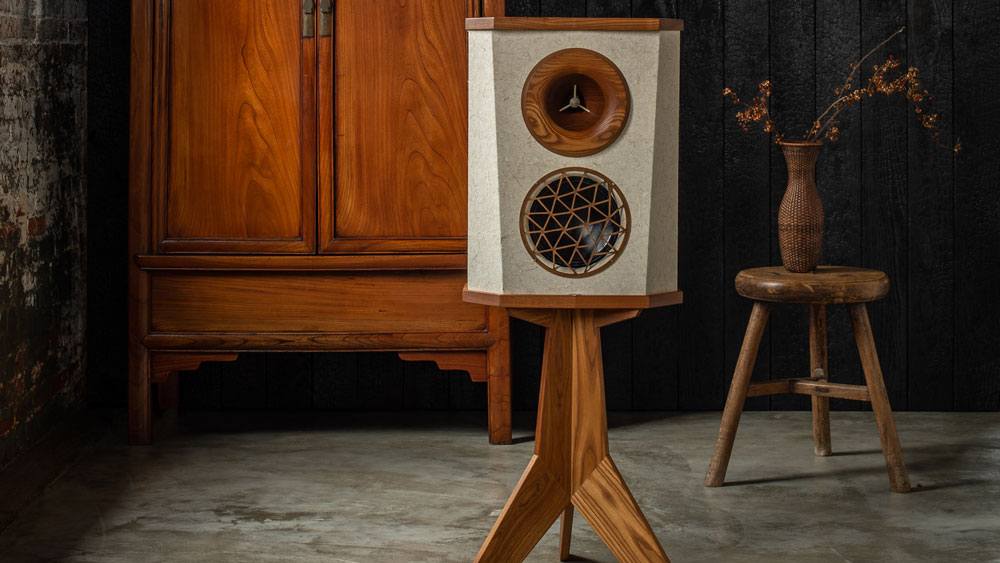Just came across a slightly oblique connection to distortion in a social media post this morning. Sean Olive, the famous guy who researched speaker design in the USA, mentioned a publication from 2006 about perception of distortion in transducers (that is, speakers, in this case). A contributor went on to explain about his own tests on DACs where they matched the output to the millivolt. But they found listeners perceived the more distorting DAC as louder, so they used hearing to match perceived volumes.
Then they found guitar and voice sounded preferable on the distorting DAC to 70% of listeners. More ‘spectrally rich’ metal and rock was much preferred on the cleaner DAC, the previous favourite being called ‘unlistenable’.
For me this easily explains why we see polarised views on different DACs, and possibly amps and speakers too. Much depends on the levels and the musical choices.
I don’t think it’s a coincidence that hifi demos much more often feature guitar and voice, over say choral or opera. Not because everyone dislikes the latter, but because it’s so much more challenging to reproduce well.
Point for sure. A little to counter; Hi-fi demonstrations aimed for selling gear to the largest average group of consumers would not do really well if they would mainly throw in Opera or Choral. Unless it uplifts the aura around their flagship model or something. Quite arbitrary.
Something a brand demonstrates is usually based on the average profile of their fanbase and what those groups expect of its image (or what a manufacturer wants to push it into). Also what fits to its kind of speaker design.
A brand like Fleetwood sound demonstrated fine live recorded Tango on their deville loudspeakers with loads of hall reverb and dynamics. It is not that other loudspeakers can't reproduce that, it is that that particular music has become synonym to that particular loudspeaker for their live or online audience. It contains woodwinds and has a certain texture, people see a wooden horn and get that direct click to the music mentally as well. It 'belongs' to that type of music. Same as with that woofer grille that almost resembles the decorations of a medieval lute. The 'art meets art' connection brings a desire to own or, at least, take note of that demonstrated loudspeaker.
The hi-fi world is data, voicing, room conditions, branding and a heavily opinionated audience. Some amps like the vintage Sansuis produce more bass and bloom on neutral, as this was to compensate for the lack of bass extension of their own brand bookshelf loudspeakers in the late 60s and 70s. This is why anywhere online people mention that it does not measure flat (true, and.. "accepted", because it has an enjoyable voicing signature) and praise models like the au505 'also' for low volume listening.
I can play opera once a year, but it's not enough to look for the best loudspeakers for Opera (maybe true horns are the big deal here, don't know, didn't dive into that) .
Big cases (not the tall floorstanders) of loudspeakers are usually best for types of classical music with a lot of "slam" and presence. The smallest of bookshelves are often great for that 'crisp' in accoustic guitar strumming (especially rhythm guitar tracks) and equally enjoyable for other treats. Forgot to mention the dozens of other models. It is all not in the 'perfect' sense, there are always minor exchanges.

 benchmarkmedia.com
benchmarkmedia.com



